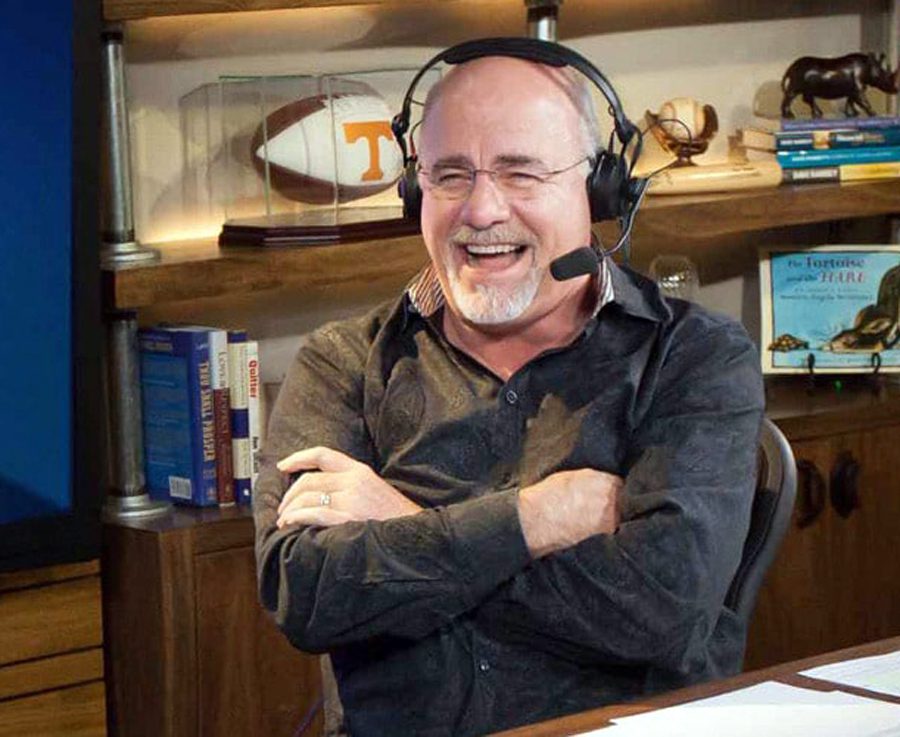By Bob Clark
Jan. 7, 2010
My wife and I had the opportunity to take a cruise in Southeast Asia in November 2009. While having fun as a tourist, I read the local English language papers and observed the local business conditions. We’ve heard a lot about the coming Asian Century. Without detailed analysis, just my observations instructed by several decades of business experience, I think the projections are correct.
The places we visited were varied and interesting
-¢ Hong Kong, China
-¢ Sanya, China on Hainan Island
-¢ Da Nang and Ho Chi Minh City in Vietnam
-¢ Bangkok and Koh Samui in Thailand
-¢ Sihanoukville in Cambodia
-¢ Republic of Singapore
Observations
What I saw was aggressive entrepreneurial activity, significant capital investment and expansion, and an outward business focus.
Here are a few specific things I observed in the various stops:
China
Hong Kong remains a hotbed of economic activity. As a Special Administrative Region, its business focus and energy are not diminished. The number of custom jewelry and clothing makers is astonishing, and the quality is great.
Sanya on Hainan Island is a Special Economic Zone in China that is remarkable. A place few of us have heard much about, it is a major tourist destination in the region. It is attracting visitors from many areas - especially Russia. A city of nearly 1 million, it is in the midst of a building boom. The cleanliness of the city makes it especially appealing.
Vietnam
Da Nang is the largest city in central Vietnam, and it is a major seaport and trading city. China Beach, an American R&R center during the war and subject of a TV series, is growing luxury hotels and beach resorts at a rapid pace.
Just to the south of Da Nang is Hoi An, a smaller seaport long ago replaced by Da Nang. It is a smaller city, but with a lot of economic activity. A number of custom tailors are at work in the city, and like Hong Kong you can have custom suits, shirts, and dresses at a fraction of the price in the U.S. or Europe.
Ho Chi Minh City is a vibrant place with over 7 million residents. It is crowded and bustling with activity. The markets are full and busy with a lot of goods for sale. A good many tourist things still carry the name Saigon. The retail trade and activity in the areas we visited were impressive. We hired a local man to take us around to some non-tourist sites, and he showed us a thriving place.
Thailand
Bangkok is a vibrant city with a lot of tourist and business activity. The city area has over 11 million residents, and the activity and opportunity seems amazing. While it suffered a setback in the 1990s with a credit and banking crisis, it seems to have turned the corner on a new growth curve.
Koh Samui is one of Thailand’s vacation islands. While not as well known as Phuket to many people, it already has a Four Seasons Hotel and Resort. It is a beautiful island with a lot to offer.
Cambodia
Our observation here was the most limited, and the area we saw in Sihanoukville was behind what we saw elsewhere in terms of development. From some of the people on our cruise who visited other places we learned the real focus of visitors should be the beaches and resorts. Based on what we heard, very nice resorts are located outside the town we visited.
Republic of Singapore
This city of 5 million is fascinating. While it is an expensive destination, it was our favorite place on the trip and one of great diversity and activity. It is multi-ethnic in every sense. The economic activity in the ethnic enclaves was remarkable. The city has some really great tourist attractions, and with the infrastructure it has in place it will remain a major economic player.
Some general observations about the places and people we saw:
-¢ People in the region have a good outward focus and are open to Americans personally.
-¢ People in this part of the world are imbued with a tremendous work ethic.
-¢ There are a good many government issues, but the individuals we saw and spoke with have a significant entrepreneurial spirit and are ready to do business.
-¢ The opportunities are significant despite the burdens - the mood is one of creativity, hard work, and diligence.
-¢ There is a feeling of moving forward in the air - very little looking back was evident.
Conclusions
I was disturbed when comparing what was obvious in Southeast Asia to what one sees in the U.S. Here we seem self-absorbed and consumed with the wrong things. We are letting our political and thought leaders get away with spending time on a fractious health care debate, potentially crippling energy legislation, burdensome business regulation, and expanding the national debt. Together, these activities will damage our currency and our business environment.
We need our people and our leaders to absorb themselves in creating the businesses of the future, energizing entrepreneurs to look for new and better products and services for people, and unleashing the potential of Americans to create wealth and add value across the whole spectrum of consumer needs. The lip service that passes for attention to the critical economic issues of our time is not helpful. If we fail at this redirection, it will be an unchallenged Asian Century. I hope for the sake of my children and grandchildren that America steps up to the significant challenge in front of us.
Bob Clark is the president of RWC Consulting LLC and has more than 30 years experience in labor-management relations. He is a regular contributor of business book reviews and articles to Corp! He provides consulting help in labor relations and is an adjunct professor at Concordia University in Ann Arbor, Mich.








